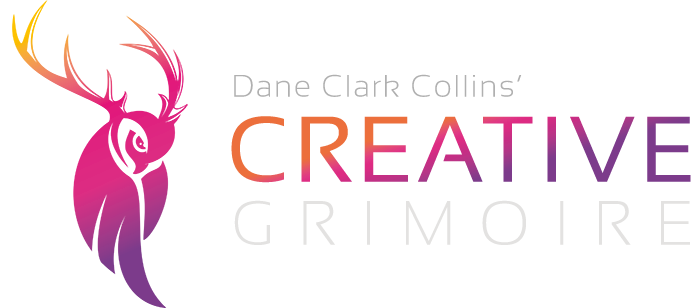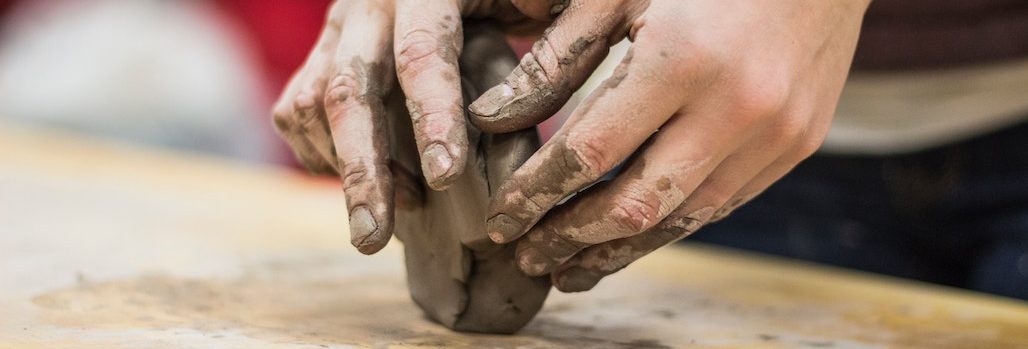Why are people so driven to create? To leave behind something that did not exist before, an extension of the self, willed and manifested outward into the world where it can leave an imprint on the minds of others?
How are people able to produce such complex and beautiful artistic creations? Why are some people considered creative geniuses while others believe themselves to be uncreative?
How can we all be more creative?
Where does inspiration come from? Why does it sometimes feel like it came from some outside force like gods or muses? Why does it, other times, feel like the idea was there all along, waiting patiently to just be noticed?
The big question
Why does creativity seem to reach so far beyond utility, expression, and pedagogy?
Sometimes our creations are practical. Other times, they serve no objective purpose yet are considered no less valuable for their lack of utility.
Some people, however talented or lacking in skill, are compelled to create by an insistent urge within. They couldn’t stop if they wanted to, and they would never want to, no matter how much pain it may cause to be so vulnerable and exposed. They create no matter how many rejections or criticisms they suffer and no matter how frustrating their craft can often become. Their drive comes from someplace deeper than we can easily express with words.
Theories on art’s purpose
There are plenty of theories about why we, as a species, make art.
The first known art offered both beauty and utility to the tribe, facilitating the organization of hunts and leaving records for the next generation. Sometimes a drawing is much more effective than a verbal explanation, and it leaves a record for the generations that follow. Our ancestors figured this out. And yet, it’s a big leap from cave drawings to Homer and Michelangelo, whose works reached far beyond the practical or even the beautiful.
Beauty in nature perpetuates sexual union, propagating species, and we are similarly drawn to beauty in art. We can stare at a beautiful painting or listen to a beautiful piece of music just to enjoy the feeling it evokes.
And then there are those complex arrays of emotions encapsulated in great works of art. People are attracted to emotional catharsis, and beautiful art can evoke strong emotions from both artist and observer.
There are cognitive, cultural, and philosophical applications of artistic expression. Art can help to contextualize and re-contextualize the passage of our lives and organize the chaos time throws our way. It helps us to rally around ideological viewpoints. Art feeds emotion into ideas and ideas into emotion. Art has both calmed and ignited revolutions.
And in all of these artistic applications, we find one overarching benefit—art unites us. Drawings on cave walls united the tribe around the way of the hunt. The emotions conjured are emotions we share, if only for a moment. Reading unites our minds and emotions with the mind and emotions of the writer. The beat of a drum compels heads to nod in unison. Aspirational art unites people around a shared cause.
Humanity’s evolution is primarily a story of strengthening the individual’s connection with the community, and art helps to connect us on every level. It could be argued that humanity would not have survived if not for art and creativity. Even our laws are shared creative fictions. Our society is a piece of art created by our ancestors that unites us to this day, and when we make progress toward a better society, it’s because artists are still creating new and better ideas to enhance the old.
Creative transcendence
I believe these are all components of our creative drive, but they fall short of explaining the transcendence experienced by artists deep in the creative act. I believe the drive toward creativity and the drive toward religion come from a similar primal drive toward transcendence. For followers of religion, creativity can be a spiritual practice that aligns with their faith, and for unbelievers, it can be a mystical practice that helps to reshape and expand the consciousness in alignment with the unconscious and the Universe.
In my experience as an unbeliever, the act of creation elevates my mind in a way that is indescribable, and secular language diminishes any attempt to describe it. I could tell you it’s a “flow state,” and it certainly is that, but that terminology—used, as it is, by the cult of productivity—does not communicate the gravity or depth of what I experience when the creative impulse takes hold of me and frees me from my egocentric concerns into that vast space of liberated consciousness.
We’re creating at every moment, so why not get good at it?
Creativity is far more than the sum of the art and inventions we produce. When people design their own lives with intent, that’s no less artful and creative than the work of a painter, writer, musician, designer, or architect. Creativity can enhance every aspect of our being.
Creativity shapes the narratives of our lives. An event happens to us, and we tell ourselves a story about why that event happened, what will happen because of the event, and what that event means to us and to others. We do this at every moment we’re conscious, yet the process is primarily unconscious.
What if we could direct that creative narration of our lives with intent? We could heal a lot of pain. We could creatively re-contextualize negative stories. We could play a more active role in our own fates by writing ourselves as people of agency rather than victims of circumstance.
I don’t believe creativity can prevent us from hurting or eliminate our fears entirely, but I’ve experienced creativity’s potential to create a more healthy story and to choose the meaning we assign to the things that happen to us.
Perhaps that sense of control is part of the creative drive. So much in our lives is out of our control, and studies have repeatedly shown that the degree to which a person feels autonomous and in control impacts that person’s sense of psychological well-being. When a person feels powerless, making even a tiny decision, like taking a different route to the store, can help regain a sense of agency. What better way to feel in control than an act of creation, bringing what’s in the mind to life in the world, with every detail being decided in real-time at every moment of its creation?
So if you can learn to treat your internal narrative as a piece of art of your own creation, it becomes the most liberating practice I can imagine.
And this is a muscle that strengthens with use. The more you practice creativity, the more creative you’ll become, and the better you’ll become at applying that creativity to the problems in your life and the narrative you create for yourself.
The world needs our creativity
The world needs people well-versed and in touch with their creativity as we move into the uncharted territories ahead, and I hope we can encourage everyone to turn creativity into a practice. We won’t solve our problems without it.
People are afraid to be creative because it makes us vulnerable. It exposes a sensitive piece of us to the world, like throwing an unprotected bundle of our nerves into a crowd and hoping they treat it kindly—knowing that many of them won’t. It opens us up to humiliation and failure. We must overcome that. How many great ideas have we lost because the minds that produced them became frozen in fear?
These ideas need to be unleashed into the world.

